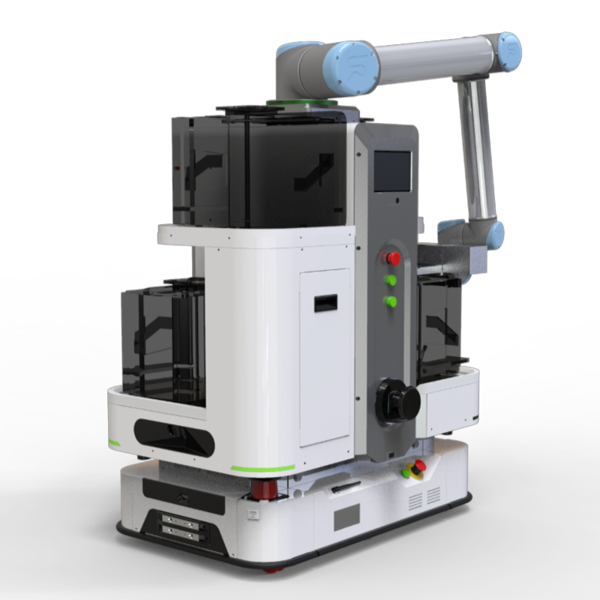© © 2025 Copyright © Youibot Robotics Co., Ltd. All rights reserved.SitemapPrivacy Policy
With the rapid development of technology, the semiconductor industry has put forward higher requirements for efficient and accurate production methods. As an important role in modern industrial production, operating robots play an indispensable role in the semiconductor industry. This article will delve into the technological progress of operating robots in the semiconductor industry and its impact on the entire industry.

In the semiconductor manufacturing process, traditional robotic arms are no longer able to meet the production needs of high precision and efficiency. The continuous progress of technology has driven the development of operating robots from robotic arms to intelligence. Nowadays, intelligent robots not only have the functions of autonomous recognition, positioning, grasping, and assembly, but also can perform high-precision operations in complex environments, greatly improving the level of production automation and efficiency.
With the advancement of technology, the application scope of operating robots in the semiconductor industry is also constantly expanding. From the initial simple handling and assembly to the current stages of inspection, packaging, and maintenance, the application of operating robots has penetrated into the entire production process. In addition, with the development of artificial intelligence and machine learning technology, robots can improve their operational capabilities and efficiency through continuous learning, further expanding their application prospects in the semiconductor industry.
Although the semiconductor industry has made significant progress in operating robots, it still faces some technological challenges. For example, how to ensure the accuracy, speed, reliability, and cost of robots. To address these issues, R&D personnel are exploring various new technologies and methods. For example, adopting more precise sensors and algorithms to improve the positioning accuracy and motion control ability of robots; Optimize the structure and motion path of robots to improve their operational speed and efficiency; By strengthening the fault monitoring and diagnosis system of robots, their reliability and stability can be improved; And reduce the manufacturing cost of robots to make them more competitive in the market.
In addition, with the expansion of robot applications, ensuring safe collaboration between robots and humans has become an important technical challenge. To address this issue, researchers are researching various security collaboration technologies, such as machine vision and sensor based security perception and obstacle avoidance technology, and artificial intelligence based security control technology. The development of these technologies will provide strong guarantees for safe collaboration between robots and humans.
With the continuous progress of technology and the expanding demand for applications, the semiconductor industry's operating robots will develop towards greater intelligence, autonomy, and human-machine cooperation. By combining emerging technologies such as artificial intelligence and the Internet of Things, robots will be able to better adapt to various complex environments and tasks, further improving production efficiency and accuracy. At the same time, the human-machine collaboration ability of robots will also be further improved, enabling them to play an important role in a wider range of production scenarios.
The technological advancement of operating robots has had a profound impact on the semiconductor industry. With the continuous progress of technology and the expanding demand for applications, operating robots in the semiconductor industry will play a more important role. We need to further strengthen technological research and innovation, improve the performance and adaptability of robots, and bring greater impetus to the development of the entire industry.V
By continuing to use the site you agree to our privacy policy Terms and Conditions.